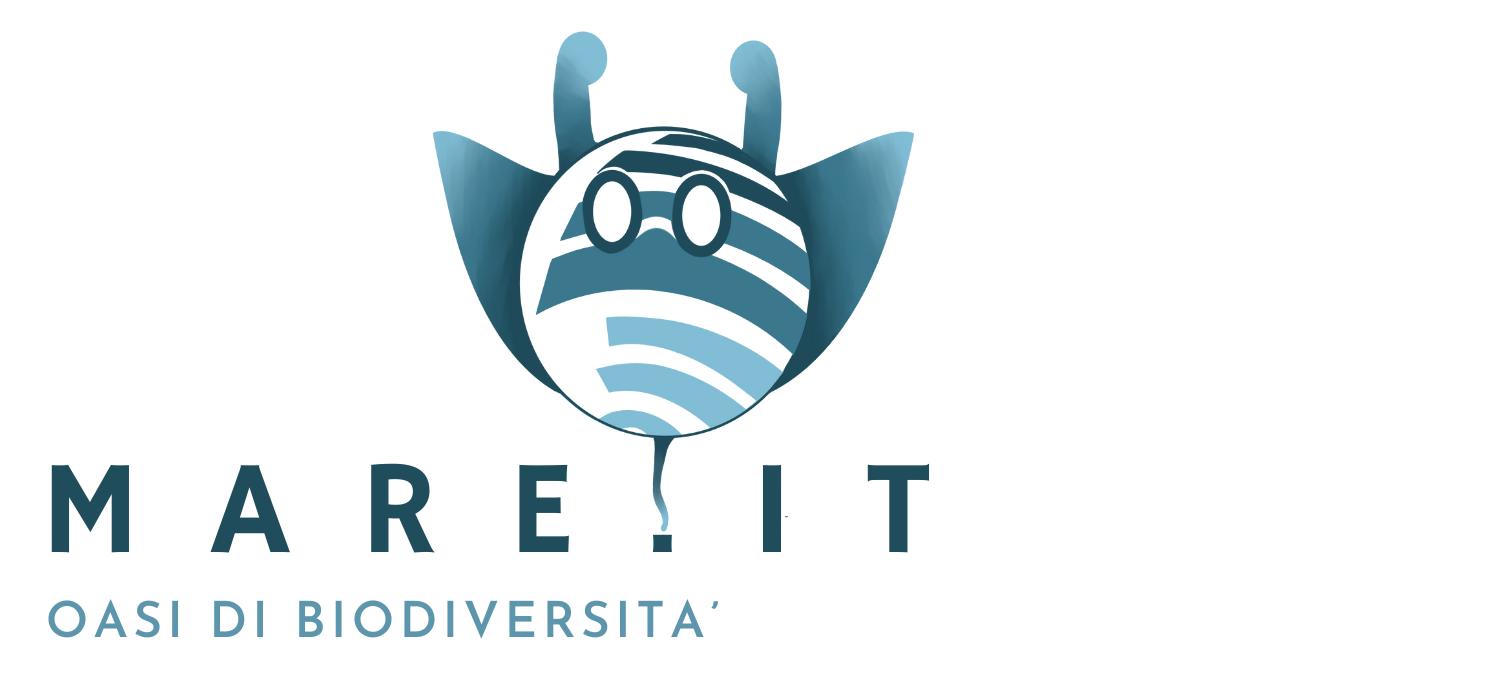It took ten years, from its first appearance in the eastern Mediterranean, for it to arrive in the Italian sea, in Lampedusa. And since then, it was 2013, it took another twelve years to travel up the Adriatic, until it reached Croatia, where an adult male specimen was just found in the northernmost point among those where the Silvery or Spotted Puffer Fish (Lagocephalus sceleratus) had been reported so far. Another Lessep
sian alien that does not stop its advance to conquer the Mare Nostrum and that is not at all welcome, considering that it is a toxic species, that does not bring any benefit to the ecosystem, on the contrary.
Like the other approximately two hundred species of puffer fish, the “silver” one is also native to the Pacific and Indian oceans, where it lives in coral reefs and along the coasts. And the Lagocephalus sceleratus is linked to the others by the presence of a poisonous substance, tetrodotoxin, from which the name of the Tetraodontidae family comes, which is one hundred times more toxic than cyanide. In fact, it has caused numerous cases of poisoning and even death in the eastern Mediterranean where the inexorable expansion of the puffer, arriving from the Suez Canal, began.
This is an animal that is decidedly armored against any potential predator: a bony fish, with a large head and large eyes, a single dorsal fin, without scales, but with spines on the belly and back, which remain close to the body and are almost unnoticeable when the animal is calm. They rise, ready to cause damage to the opponent, only when the fish swells, with the defensive mode that most identifies members of the entire family: it takes in sea water from its mouth, which it pushes into a diverticulum up to a closed bag in the stomach. When it swells, the spines also come out, making it indigestible and dangerous even for sharks.
The toxic substance is present in the innards, but makes every part of the body poisonous, even after normal cooking. Therefore, the puffer is also dangerous for humans both in contact with any part of the body and if it is ingested, with the exception of a cooking technique developed to make it edible and used by the Japanese, who are the only ones to eat it and also consider it a gastronomic delicacy. In Italy, the consumption of puffer fish has been expressly prohibited since 1992 and fishermen are required, in the event of accidental capture, to immediately isolate it from the rest of the catch.
Another dangerous part of the puffer fish is its mouth. In order to feed on pieces of coral, crustaceans and mollusks, it has very strong teeth that allow it to break and crush shells, shells and coral structures. Therefore, if it thinks it is being attacked, it can also bite humans, causing irreparable damage to their limbs. However, among the puffer fish's prey there are also worms and sponges and in order to extract them from the sand, it causes a strong jet of water that facilitates its capture.
The silver or spotted puffer fish like the one caught in the upper Adriatic, in particular, has an oblong body and is silver in color with black spots on the back.
In order to monitor its expansion, the collaboration of fishermen is essential. In case of capture, they are invited to photograph the specimens and promptly report it to Ispra.
In any case, anyone who spots a puffer fish can report it to




